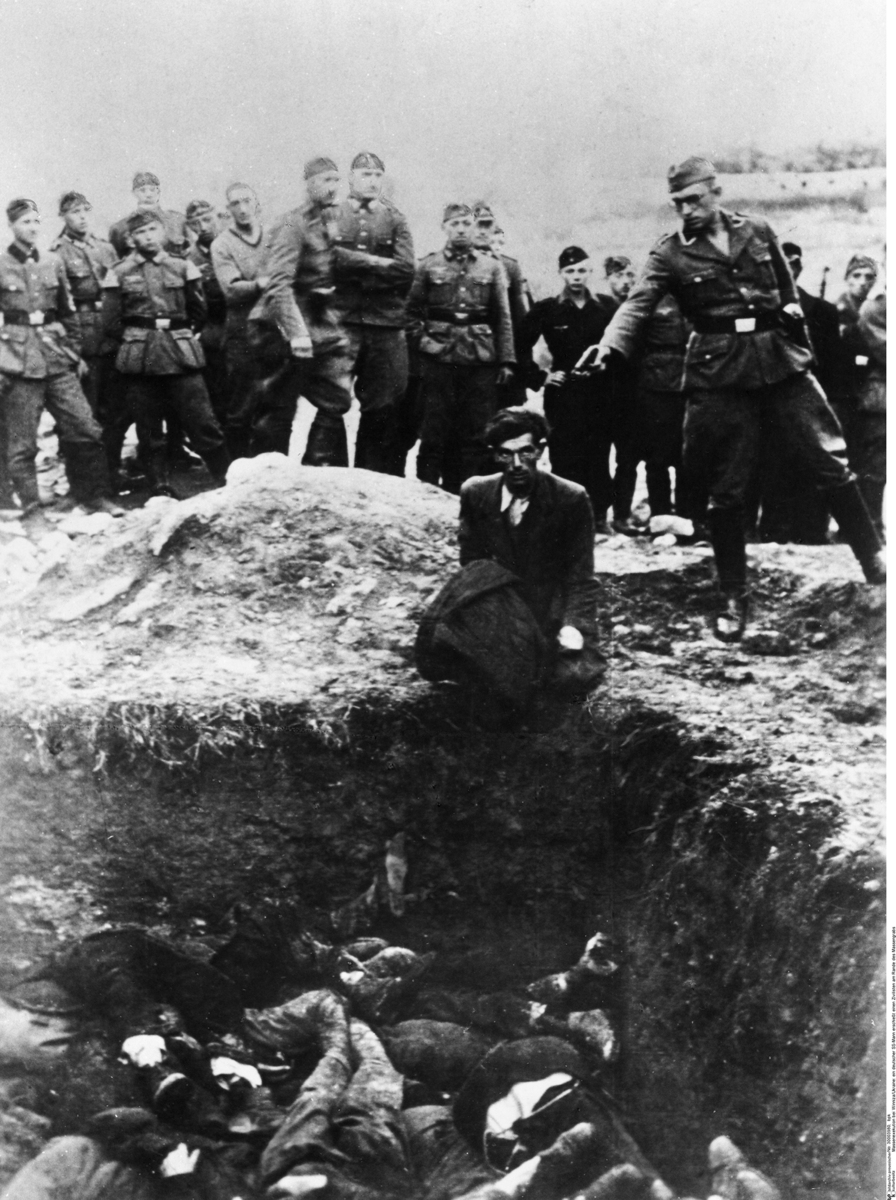Abstract
As early as 1938/39, special police formations euphemistically
referred to as Special Operations Units
[Einsatzgruppen] followed invading
German troops into Austria, the Sudetenland, and (rump) Czechoslovakia.
The precise nature and mission of these units became clear during the
invasion of Poland in 1939: they were mobile killing squads tasked with
liquidating alleged political and “racial” opponents of the Nazi regime.
Whereas the brutal actions of mobile killing squads in Poland provoked
isolated protest from Wehrmacht officers, the Wehrmacht and the squads
worked together during Operation Barbarossa (i.e. the invasion of the
Soviet Union) in 1941. This cooperation was regulated by directives made
in consultation with SS leaders (Himmler and Heydrich) and orders issued
by the High Commands of the Wehrmacht and the Army. The four mobile
killing squads deployed by the Security Police
[Sicherheitspolizei] and the Security
Service [Sicherheitsdienst or SD] –
Squads “A,” “B,” “C” and “D” – were supplemented by units from the Order
Police [Ordnungspolizei] and the
Waffen-SS. They were assigned not only to Germany’s three army groups,
North (A), Center (B) and South (C), but also to the 11th Army (D).
These mobile killing squads murdered Jews, Communists, prisoners of war
(political commissars), Roma and Sinti, as well as the mentally ill,
primarily in mass shootings, but later also in gas vans.
Between June 22, 1941, when Germany invaded the Soviet Union, and
late 1941, at least 500,000 Jews were killed by mobile killing
squads.
The photograph shows members of a mobile killing squad (probably C)
killing Ukrainian Jews in Vinnytsia.
